/9dae6eb5-c5c7-4811-9db3-de016bb973ce.png)
Companion Planting Chart for Herbs, Tomatoes, Cabbage, Beans and Onions
Review Rating Score
Do you want to maximize the yields of your vegetable garden naturally? Companion planting is a time-tested, chemical-free practice that can help you achieve just that. The right combination of herbs, vegetables, and flowers can increase pollination, deter pests, and improve soil health. At BizzLibrary.com, we have created a comprehensive Herb Companion Planting Chart that will help you make the most of your vegetable garden.
What is a Herb Companion Planting Chart?
A Herb Companion Planting Chart is a guide that provides valuable information on what plants should be grown next to each other in the garden. It offers advice on which plants work well with each other, which should be avoided, and how they benefit one another. Companion planting can enhance the taste, fragrance, and flavor of your herbs and vegetables, making them more enjoyable to grow and eat.
How Does a Herb Companion Planting Chart Work?
The Herb Companion Planting Chart is designed to help you select the best companion plants for your herbs and vegetables. By choosing the right plants to grow alongside each other, you can reduce the risk of pest infestations and soil-borne diseases, improve pollination rates, and increase yield. Here are a few examples:
- Cabbage: Beans and onions work well with cabbage, as they deter pests like cabbage loopers and diamondback moths. Dill and chamomile, on the other hand, attract beneficial insects like ladybugs and wasps that prey on pests.
- Beans: Beans grow well with carrots, cucumbers, and radishes. These plants attract beneficial insects that help pollinate bean plants and deter pests like aphids and Mexican bean beetles. Avoid planting beans close to garlic or onions, as these can stunt their growth.
- Tomatoes: Tomatoes grow well with basil, parsley, and marigolds. These plants help to deter aphids, whiteflies, and hornworms. Additionally, basil and parsley give tomatoes a unique flavor and aroma. Avoid planting tomatoes near fennel or corn, as they can attract pests like tomato fruitworms and cutworms.
Download Our Herb Companion Planting Chart
Don't miss out on the benefits of companion planting! Download our free Herb Companion Planting Chart in DOCX format today and start planning your garden like a pro. It provides useful advice on the best companion plants for herbs, vegetables, and flowers, helping you create a thriving, natural garden that will keep you healthy and satisfied all year round.
Visit BizzLibrary.com now to access our wide range of gardening templates, including planting schedules, garden plans, and more. Enhance the beauty and productivity of your garden with our expert help!
Is the template content above helpful?
Thanks for letting us know!
Reviews
Zofia Atkinson(7/4/2023) - GBR
Thank you for the letter!
Last modified
Our Latest Blog
- The Importance of Vehicle Inspections in Rent-to-Own Car Agreements
- Setting Up Your E-mail Marketing for Your Business: The Blueprint to Skyrocketing Engagement and Sales
- The Power of Document Templates: Enhancing Efficiency and Streamlining Workflows
- Writing a Great Resume: Tips from a Professional Resume Writer
Template Tags
Need help?
We are standing by to assist you. Please keep in mind we are not licensed attorneys and cannot address any legal related questions.
-
Chat
Online - Email
Send a message
You May Also Like
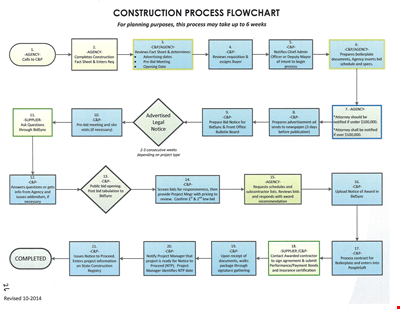
Create Professional Project Flow Charts with our Free Template
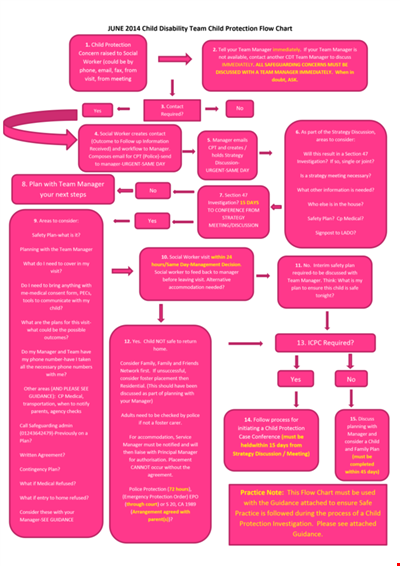
Social Event Flow Chart Template - Plan, Organize, and Execute Memorable Events
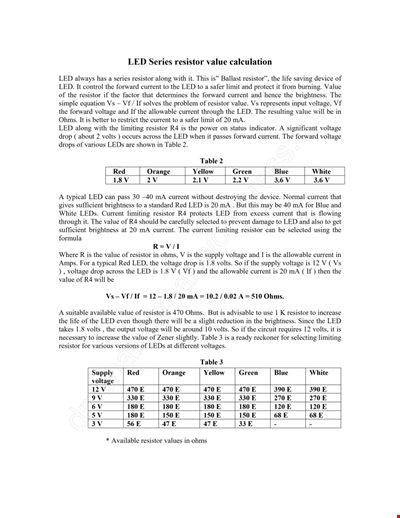
Calculation Resistor Value Chart For Led
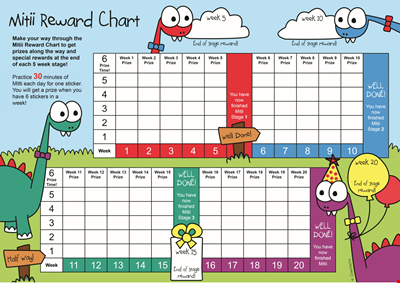
Reward Template for Kids | Printable Behavior Chart & Chore Chart

Organizational Chart Template, Editable Org Chart, Free Download

Minecraft Birthday Banner - Buy Customizable Party Decorations

Personal Food Calorie Chart
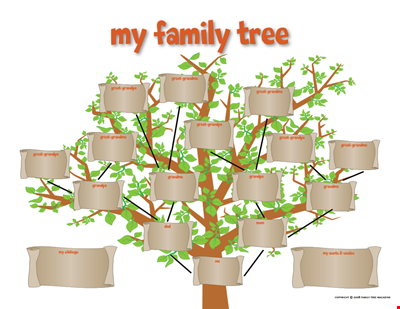
Family Tree Chart For Kids

Create Organized Concepts with Our Concept Map Template - Solve Problems & Analyze Reasons

Find the Ideal Pulse Rate with Our Chord Tool
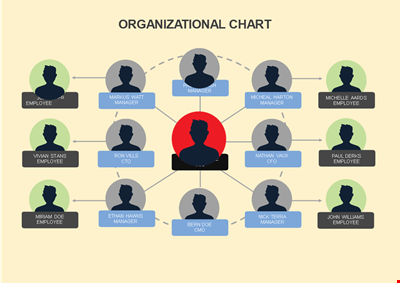
Org Chart Template Word
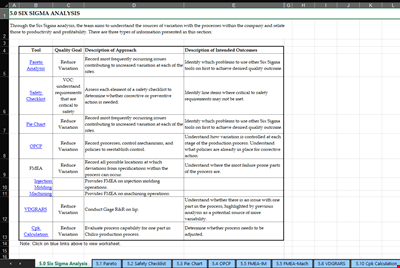
Understand and Reduce Process Variation with a Pareto Chart
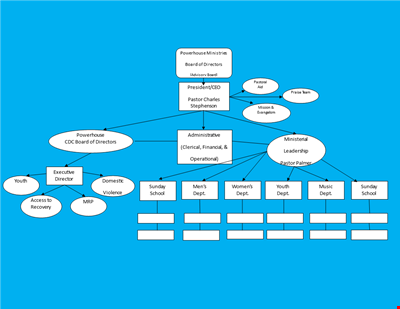
Create an Organizational Chart Template - Easily Visualize Your Company Hierarchy
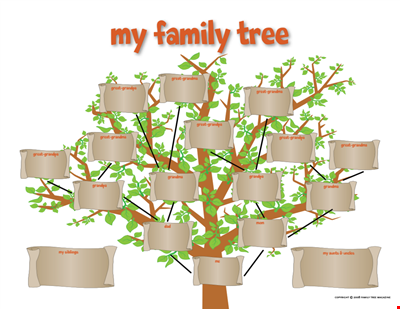
Free Vintage Family Tree Template
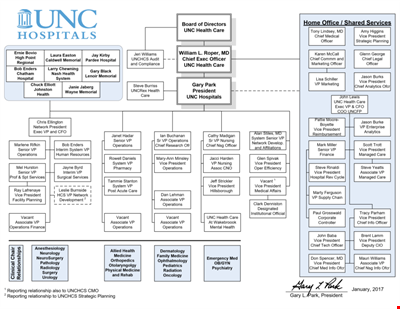
Large Hospital Organizational Chart Template - Download Now
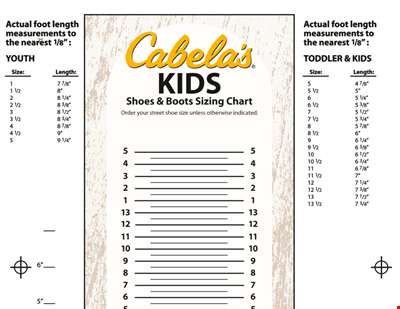
Printable Shoe Size Chart for Kids: Find the Perfect Fit for Your Little Ones